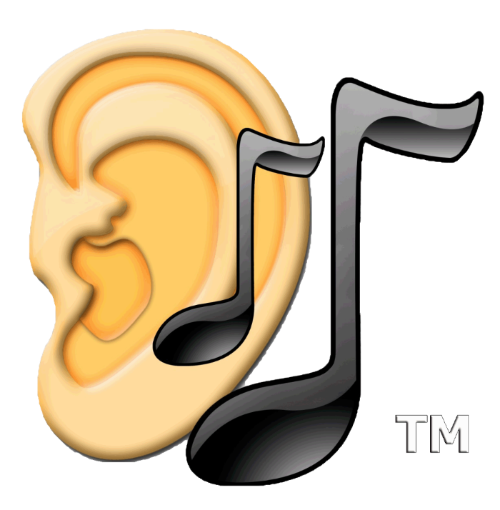
|
|
|

|
|
|

Audio stimulation
- frequency-filtered musical works by Mozart and Vivaldi; - a frequency-filtered female voice reciting fairy tales and stories in various languages; - a frequency-filtered male voice reciting poems in various languages; - rhythm stimulation implies changing the rhythm of works in a certain way, which forces the brain to effectively perceive information, stimulates the development of attention and speech attention; - zoning stimulation is the sending of signals to certain areas of the brain and allows you to selectively work with areas of the cerebral cortex that require additional development; - time delay stimulation - by delaying the supply of a signal to a certain hemisphere, through a certain speaker, the effect on a specific hemisphere is enhanced, which makes it leading in information processing; - volume stimulation - setting the volume in a certain speaker higher than in another, allows you to make one of the channels of information perception more receptive and strengthen the work of a given hemisphere; - noise stimulation – parallel supply of noise effects to different areas of the program, affects brain function and leads to intense perception of information; - stimulation by delaying the signal between headphones - delaying the signal between the speakers forms an effective way in processing phonemic information; - parallel stimulation - simultaneous listening to voices with different speech information improves the brain’s ability to solve several problems at the same time; - vibration stimulation – sending signals alternately to each speaker creates massage vibrations that allow you to influence the deeper structures of the brain in a natural and effective way; - stimulation with duration of exposure - each program lasts on average from 20 to 35 days, which allows you to work on all areas of the cerebral cortex intensively and with the implementation of all stimulation effects. |

Visual stimulation
- alpha rhythm stimulation: changing the brightness of the screen with a frequency close to the alpha rhythm affects information processing processes, the speed of information processing in the cerebral cortex; - beta rhythm stimulation: changing the screen brightness with a frequency close to the beta rhythm activates the regeneration of speech information processing processes; - stimulation by superimposing rhythms: superimposing alpha and beta rhythms in a certain way improves the multitasking of the brain in solving several pieces of information simultaneously; - stimulation by a sequence of rhythms: the sequential use of either alpha or beta rhythms in a certain section of the program qualitatively increases the speed of information processing by the brain. |
VISUALIZATION OF THE PROGRAM'S EFFECTS ON THE BRAIN
the impact comes from the first seconds
listening with headphones is recommended








The "High Frequency Therapy" method is a developmental speech therapy technique and does not apply to methods of medical diagnosis or treatment. All information provided on this site is for informational purposes only and cannot replace the advice of a doctor or other qualified specialist.
The names "HFT" and "High Frequency Therapy" are registered trademarks. Any use, copying or modification without the official permission of the copyright holder is strictly prohibited.
© 2025. All rights reserved.